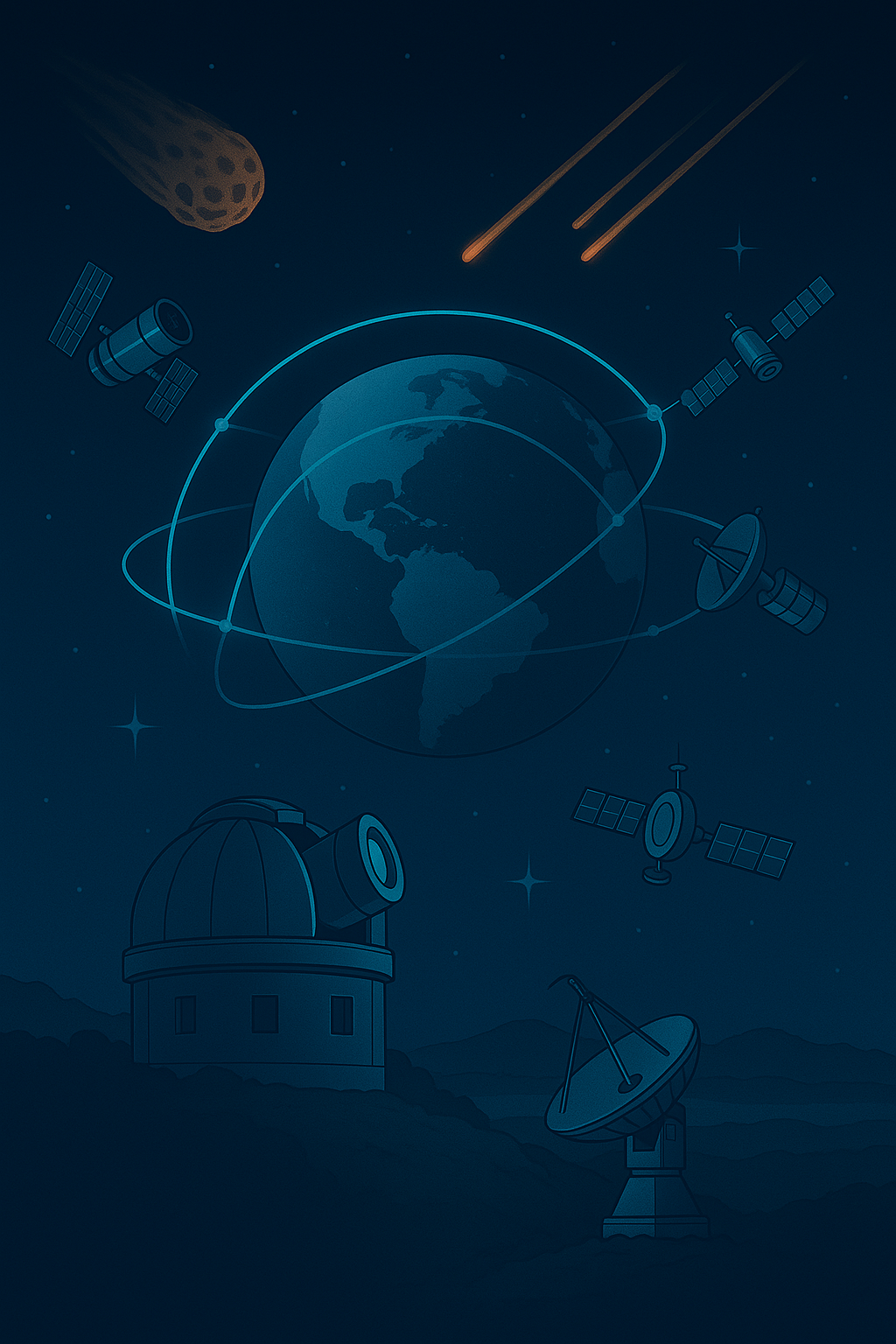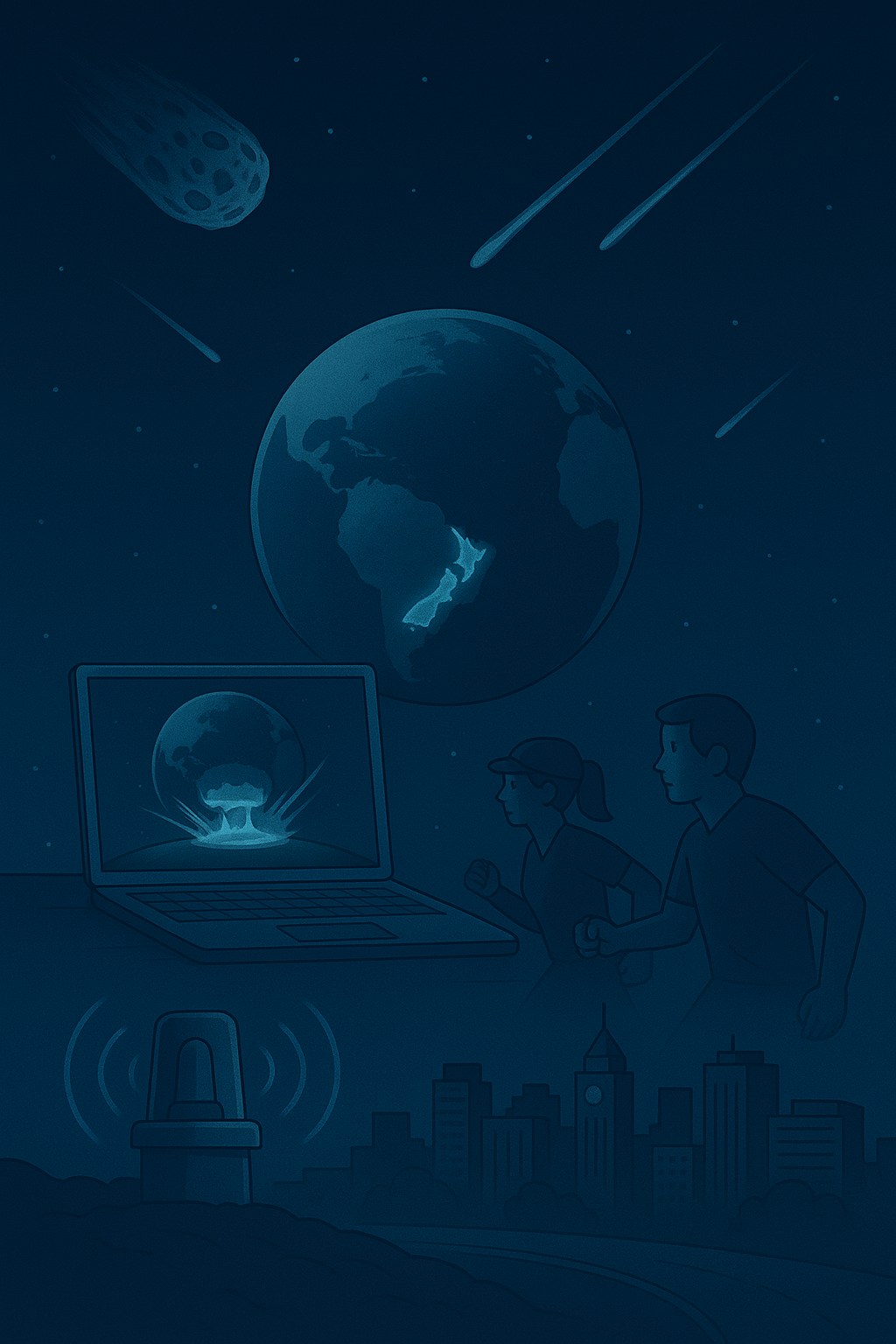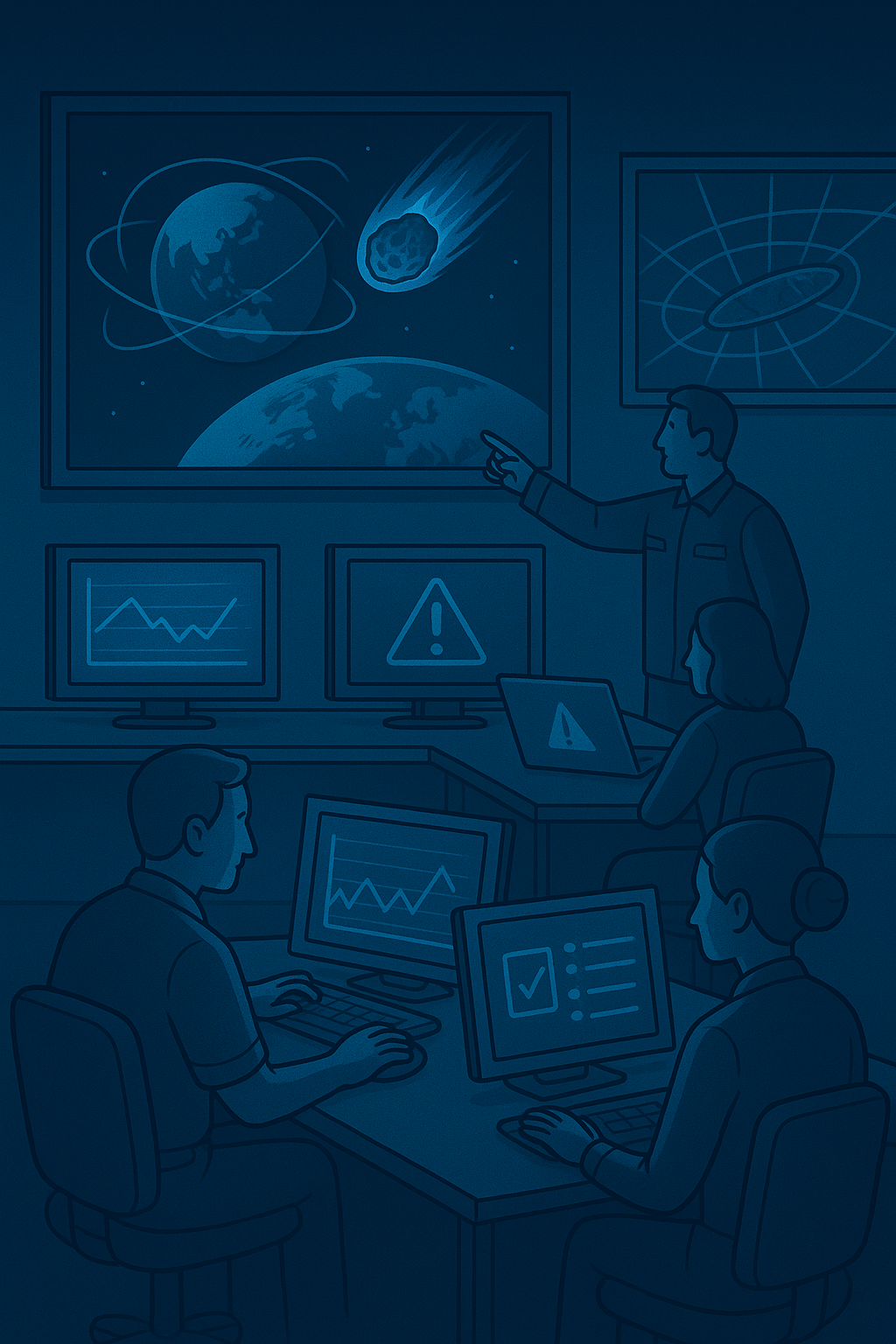How to Defend Earth from Asteroids and Meteorites
The chance of an asteroid or meteorite hitting Earth has long been a topic of both scientific research and public interest. While serious asteroid impacts are rare, their potential damage is significant enough to require thorough defence strategies. Thanks to advances in technology and global cooperation, humanity is becoming better equipped to handle these space threats.
This article examines how asteroid defence works, the technologies being developed to shield our planet, and the challenges of building an effective planetary defence system.
Understanding the Threat
Asteroids and meteorites are rocky or metallic remnants from the solar system's formation. While many stay in stable orbits within the asteroid belt between Mars and Jupiter, some drift towards Earth because of gravitational influences.
Types of Potential Impactors
Asteroids: Larger than one metre in diameter, these objects can cause regional or global destruction if they collide with Earth.
Meteoroids: Smaller objects, usually less than a metre, that burn up in Earth's atmosphere but can still cause damage if they reach the ground.
Comets: Made of ice and dust, comets have highly elongated orbits and can pose a serious threat because of their size and speed.
Assessing the Risk
Astronomers continuously monitor Near-Earth Objects (NEOs)—asteroids and comets that pass near Earth. NASA’s Planetary Defence Coordination Office (PDCO) and other organisations use telescopes and radar systems to track and predict the trajectories of these objects.
Key Metrics for Risk Assessment
Size: Larger objects have greater potential for catastrophic damage.
Velocity: Faster-moving objects release more energy upon impact.
Trajectory: The orbital path determines whether an object poses a collision threat.
Impact Probability: Scientists calculate the likelihood of an object hitting Earth within a given timeframe.
Defensive Strategies
Protecting Earth from asteroids involves a multi-step approach: detection, deflection, and, if necessary, disaster response. Below are the main methods currently under consideration and development.
1. Early Detection
The initial step in planetary defence is spotting and tracking hazardous NEOs well ahead of time. Current detection systems include:
Space-Based Telescopes
NEOWISE (Near-Earth Object Wide-field Infrared Survey Explorer): A NASA mission that detects and characterises asteroids using infrared imaging.
Upcoming Systems: The Near-Earth Object Surveyor, which is planned for launch in the mid-2020s, will improve our ability to detect smaller NEOs.
Ground-Based Observatories
Facilities like Pan-STARRS in Hawaii and the Catalina Sky Survey in Arizona continually scan the skies for new objects.
Global Collaboration
International networks like the International Asteroid Warning Network (IAWN) share data to enhance tracking accuracy and risk assessment.
3. Mitigation Strategies for Impact Events
If deflection efforts fail or are not feasible due to limited warning time, mitigation strategies concentrate on reducing the damage caused by the impact.
Evacuation Plans
Regions in the predicted impact zone can be evacuated to reduce casualties.
Impact Modelling
Simulations help predict an impact's size, location, and effects, enabling targeted responses.
Civil Defence Measures
Strengthening infrastructure and preparing emergency services can mitigate the impact of the aftermath, particularly in urban areas.
The Role of Simulations and Exercises
Regular simulations and tabletop exercises help improve planetary defence strategies. For instance:
NASA’s Planetary Defence Exercises: These events simulate asteroid impact scenarios, enabling participants to test detection, deflection, and emergency response plans.
International Asteroid Day: Held annually on June 30, this event raises public awareness and showcases global preparedness effort
Looking to the Future
The field of planetary defence continues to evolve as new technologies and strategies emerge. Future developments may include:
Dedicated Asteroid Defence Missions: Spacecraft designed specifically for deflection or interception.
Advanced Detection Networks: Improved sensors and algorithms to identify smaller or dimmer objects.
Space Mining Synergies: Technologies developed for asteroid mining could also assist in planetary protection and resource utilisation defence
Technological and Logistical Challenges
Detection Gaps
Smaller asteroids, which are often harder to detect, can still cause significant regional damage. For example, the 2013 Chelyabinsk meteor, which injured over 1,500 people in Russia, went unnoticed because of its small size (around 20 metres).
Limited Timeframes
Threats with short notice leave little opportunity for deflection or evacuation. Improving early detection is essential.
Financial and Political Hurdles
Creating and deploying planetary defence technologies demands substantial investment and international cooperation. Balancing these needs with other global issues can be challenging.
Public Perception
It is vital to raise awareness without causing unnecessary alarm to garner public and political support for planetary defence initiatives.
2. Deflection Techniques
Once a hazardous object is detected, the next step is to change its path to avoid a collision with Earth. Several deflection methods have been suggested:
Kinetic Impact
This involves sending a spacecraft to collide with the asteroid at high speed, nudging it off its collision course. A recent example is NASA’s Double Asteroid Redirection Test (DART) mission, which successfully changed the orbit of the asteroid Dimorphos in 2022, proving the effectiveness of this approach.
Gravity Tractor
A spacecraft hovers close to an asteroid and uses its gravitational pull to alter the asteroid's route gradually. While effective for smaller objects, this method demands ample time and accuracy.
Nuclear Explosions
Detonating a nuclear device near or on the asteroid could either break it apart or shift its orbit. Although this might work for large objects, it risks producing multiple smaller fragments that could still be a threat.
Solar Sails or Lasers
Reflecting sunlight onto the asteroid's surface or using focused laser beams could vaporise parts of it, creating a small push that changes its course. These techniques are still mostly theoretical.
International Collaboration
Planetary defence is a global concern that demands coordinated efforts. Organisations like the United Nations Committee on the Peaceful Uses of Outer Space (COPUOS) and national space agencies work together to share data, develop technologies, and plan responses to potential threats.
Conclusion
Defending Earth from asteroids and meteorites is both a scientific challenge and a moral obligation. While the chance of a catastrophic impact is low, the potential consequences could be disastrous. By investing in detection, deflection, and mitigation strategies, humanity can protect its future while continuing to explore the universe. As the global community enhances its planetary defence abilities, the effort showcases human ingenuity and teamwork, ensuring that Earth remains a safe haven in the vastness of space.



